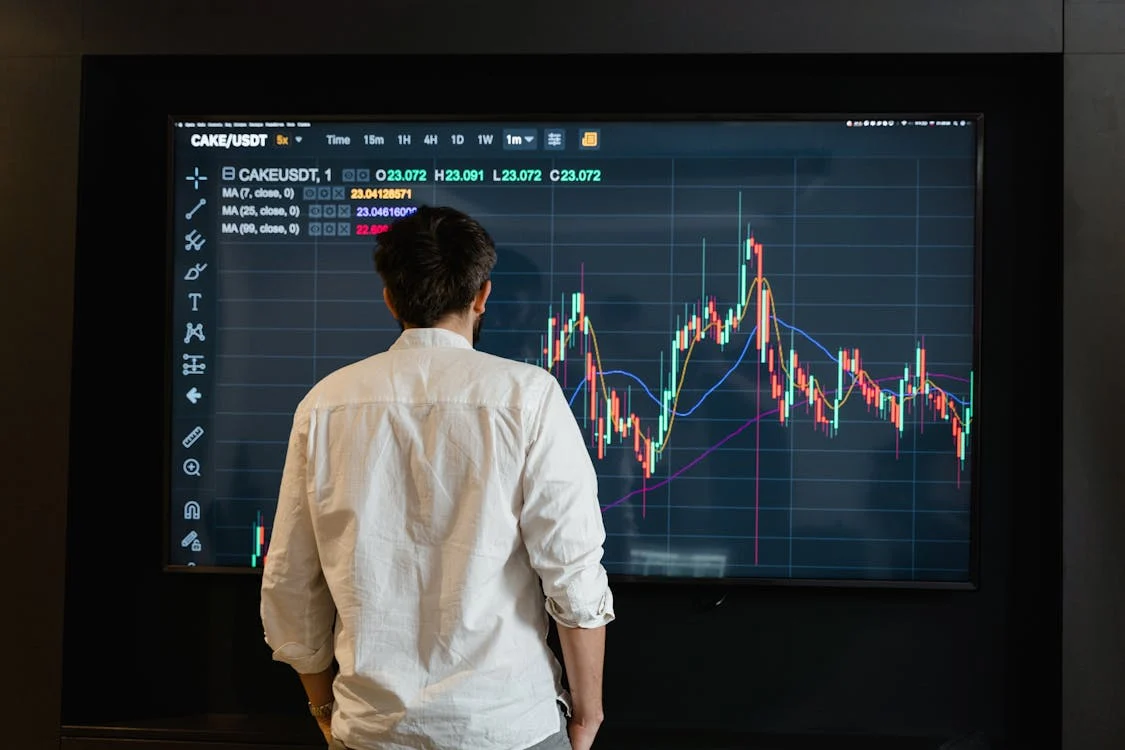For those who are new to the world of Forex trading, one of the most important factors to master is developing a solid trading strategy. Forex trading can be overwhelming for beginners, but with the right approach, it can become a rewarding way to earn profits. In this article, we will explore some of the most effective Forex strategies that beginners can use to start trading successfully.

1. Trend Following Strategy
The trend-following strategy is one of the simplest and most popular strategies used by Forex traders. The principle behind this strategy is simple: you identify the direction of the market (whether it’s trending up or down) and place your trades in the direction of the trend.
How to use the Trend Following Strategy:
-
Identify the trend: Use technical analysis tools, such as moving averages, to determine whether the market is in an uptrend or downtrend.
-
Enter trades in the direction of the trend: If the trend is up, buy the currency pair; if the trend is down, sell the currency pair.
-
Use stop-loss orders: Always set stop-loss orders to limit potential losses in case the trend reverses unexpectedly.
This strategy works well in markets that have strong and consistent trends, but can be challenging in sideways or choppy markets.
2. Range Trading Strategy
The range trading strategy is another great strategy for beginners, especially when the market is not trending but rather moving sideways within a defined range. This strategy involves buying at the support level (the lower end of the range) and selling at the resistance level (the upper end of the range).
How to use the Range Trading Strategy:
-
Identify support and resistance levels: Use technical tools like pivot points or trendlines to mark where the price tends to bounce off (support) or face resistance (resistance).
-
Buy at support: Enter a trade when the price reaches the support level and shows signs of bouncing upward.
-
Sell at resistance: Enter a sell trade when the price approaches the resistance level and starts to reverse.
This strategy is most effective when the market is in a range-bound phase, but can lead to losses if the market breaks out of the range.
3. Breakout Strategy
The breakout strategy involves identifying key levels of support or resistance and entering a trade when the price breaks through these levels. This strategy works well in volatile markets, where large price movements often follow a breakout.
How to use the Breakout Strategy:
-
Identify key levels: Look for support and resistance levels where the price has been repeatedly unable to break through.
-
Wait for the breakout: Once the price breaks above resistance or below support, enter a trade in the direction of the breakout.
-
Set stop-loss orders: Place your stop-loss orders just below the breakout level for buys or just above the breakout level for sells to protect your trade.
This strategy can lead to significant profits if the breakout results in a strong trend, but false breakouts can lead to quick losses, so it’s essential to monitor market conditions.
4. Carry Trade Strategy
The carry trade strategy is a longer-term strategy that involves borrowing funds in a currency with a low interest rate and using those funds to buy a currency with a higher interest rate. Traders profit from the interest rate differential between the two currencies.
How to use the Carry Trade Strategy:
-
Choose a currency pair with an interest rate differential: Look for a pair where one currency offers a high interest rate and the other has a low interest rate.
-
Buy the higher-yielding currency: Borrow funds in the lower-yielding currency and use them to buy the higher-yielding currency.
-
Collect interest payments: Hold the trade for an extended period to collect the interest payments (swap or rollover).
This strategy is best suited for long-term traders and is less effective in volatile markets. It’s also important to keep an eye on changes in interest rates, as they can significantly affect the success of the carry trade.
5. Scalping Strategy
The scalping strategy is one of the fastest trading methods, where traders make multiple small trades throughout the day to capture tiny price movements. Scalping requires quick decision-making and high levels of focus.
How to use the Scalping Strategy:
-
Trade on short timeframes: Use charts with small timeframes, such as 1-minute or 5-minute charts, to identify small price fluctuations.
-
Open multiple trades: Make numerous small trades, typically holding positions for just a few minutes.
-
Use tight stop-losses: Since each trade aims to capture small price movements, setting tight stop-loss orders is essential to protect profits.
Scalping can be profitable, but it requires significant time, focus, and a strong trading platform with fast execution speeds.








